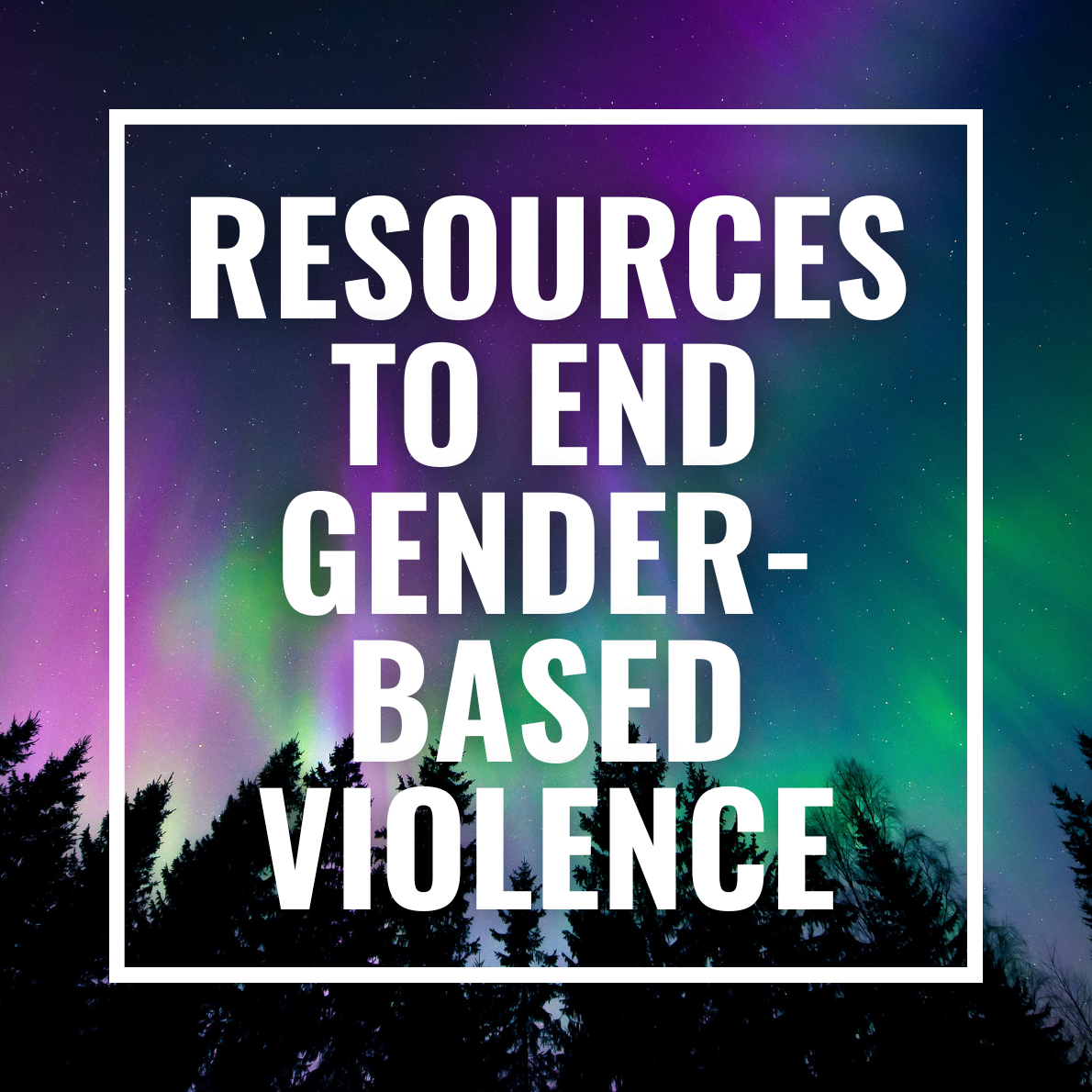May 5th is Red Dress Day to remember and take action to prevent any more Missing and Murdered Indigenous Women, Girls, and Two Spirit folks to be lost to violence and colonialism.
“May 5th was the birthday of Lisa Marie Young, a 21-year-old Tla-o-qui-aht woman who disappeared under suspicious circumstances from Nanaimo, BC on Canada Day 2002. Despite hundreds of tips from the public, RCMP investigators have made no progress in the case.” (From Wikipedia)
“These missing and murdered Indigenous women are not statistics. They are human beings.”
We come together and demand action to prevent the loss of any more future ancestors. Justice for missing and murdered Indigenous women, girls, and Two Spirit peoples.
WHY RED CLOTHING?
Picture of a person wearing a red shirt sitting on a rock overlooking an expanse of rolling mountains.
In 2011 Métis artist Jaime Black created the REDress Project “to draw attention to the gendered and racialized nature of violent crimes against Aboriginal women and to evoke a presence through the marking of absence.”
Black chose the colour red because she was taught that red is a sacred colour and the only colour that spirits can see: "So red is really a calling back of the spirits of these women and allowing them a chance to be among us and have their voices heard through their family members and community.”
Encouraging communities to display red clothing to remember and celebrate Indigenous women, girls, and Two Spirit folks has been part of Black’s work as an artist: "I'm hoping that community groups will take on and start doing public installations and using that as a tool to have the public have more of an understanding of missing and murdered women."
In Dawson, we have chosen to use not just dresses but all sorts of red clothing because although the violence that Indigenous women, girls, and Two Spirit folks experience is gendered, dresses are not just for women and hockey jerseys aren’t just for men.
There are millions of ways there are to express gender through clothing.
Image Description: Close up picture Faye Chamberlain’s installation Cutting Through the Red Tape. A red dress made of duct tape with fringe that has words (harmony, wisdom, sincerity, respect, empathy, courage, balance) written on it, also visible is a medicine bag and a Métis sash.
Faye Chamberlain talks about the importance of the colour red in her installation Cutting Through the Red Tape:
“Red is the color life and blood and in more recent times love. Women have always resisted colonization and experienced discrimination since time immemorial. In many Frist Nations cultures, women are equal to men and pass on the clans, the language and culture. They sew beautiful regalia with motifs and gifts from the land which are unique to their people. Finger woven sashes and quill work were a means for my ancestors - the People of the Red Earth- to supplement their meager incomes and enforce their identity and pride.”
“People are confronted with the violence, both the violence that women are experiencing but also the power of and presence of Indigenous women.”
Take action
All people living on Turtle Island (Canada), Indigenous and non-Indigenous, are treaty signers and have responsibilities to the land and the people.
Learn more about everyday ways to take action here.
Learn what Two Spirit means from Two Spirit folks!
Watch short films about MMIWG2S and about Two Spirit folks!
Read:
Together, Today for Our Children Tomorrow
In 1973, Elijah Smith and a delegation of Yukon Chiefs, including Dan Johnson of the Carcross/Tagish First Nation, went to Ottawa to meet with the Prime Minister of Canada. Armed only with their determination, courage and the historic document, Together Today For Our Children Tomorrow, they were able to convince the federal government to begin a negotiation process for a modern-day treaty, the first in Canada.
“Hammerstones: A History of the Tr'ondek Hwech'in” by Helene Dobrowolsky
Truth and Reconciliation Report - “Honoring the Truth, Reconciling for the Future” - has calls to action both big and small that non-Indigenous folks can take on or advocate for
“Reclaiming Power and Place: The Final Report of the National Inquiry into Missing and Murdered Indigenous Women and Girls”
“Changing the Story to Upholding Dignity and Justice: Yukon’s Missing and Murdered Indigenous Women, Girls and Two-spirit+ People Strategy”
HǪZǪ ŁËKʼÄ̀NÄ̀CHA - WE TAKE CARE OF EACH OTHER
Confronting the systemic violence of missing and murdered Indigenous women, girls, and Two Spirit folks can bring up a lot of feelings.
Missing and Murdered Indigenous Women Support Line is a national, toll-free 24/7 crisis call line providing support for anyone who requires emotional assistance related to missing and murdered Indigenous women and girls. You can also access long-term health support services such as mental health counselling, community-based emotional support and cultural services and some travel costs to see Elders and traditional healers - 1-844-413-6649.
Hope for Wellness Help Line is available to all Indigenous peoples across Canada who need immediate crisis intervention. Experienced and culturally sensitive help line counsellors can help if you want to talk or are distressed.
Call 1-855-242-3310 (toll-free) or connect to the online Hope for Wellness chat.
Telephone and online counselling are available in English and French. On request, telephone counselling is also available in Cree, Ojibway and Inuktitut.





















